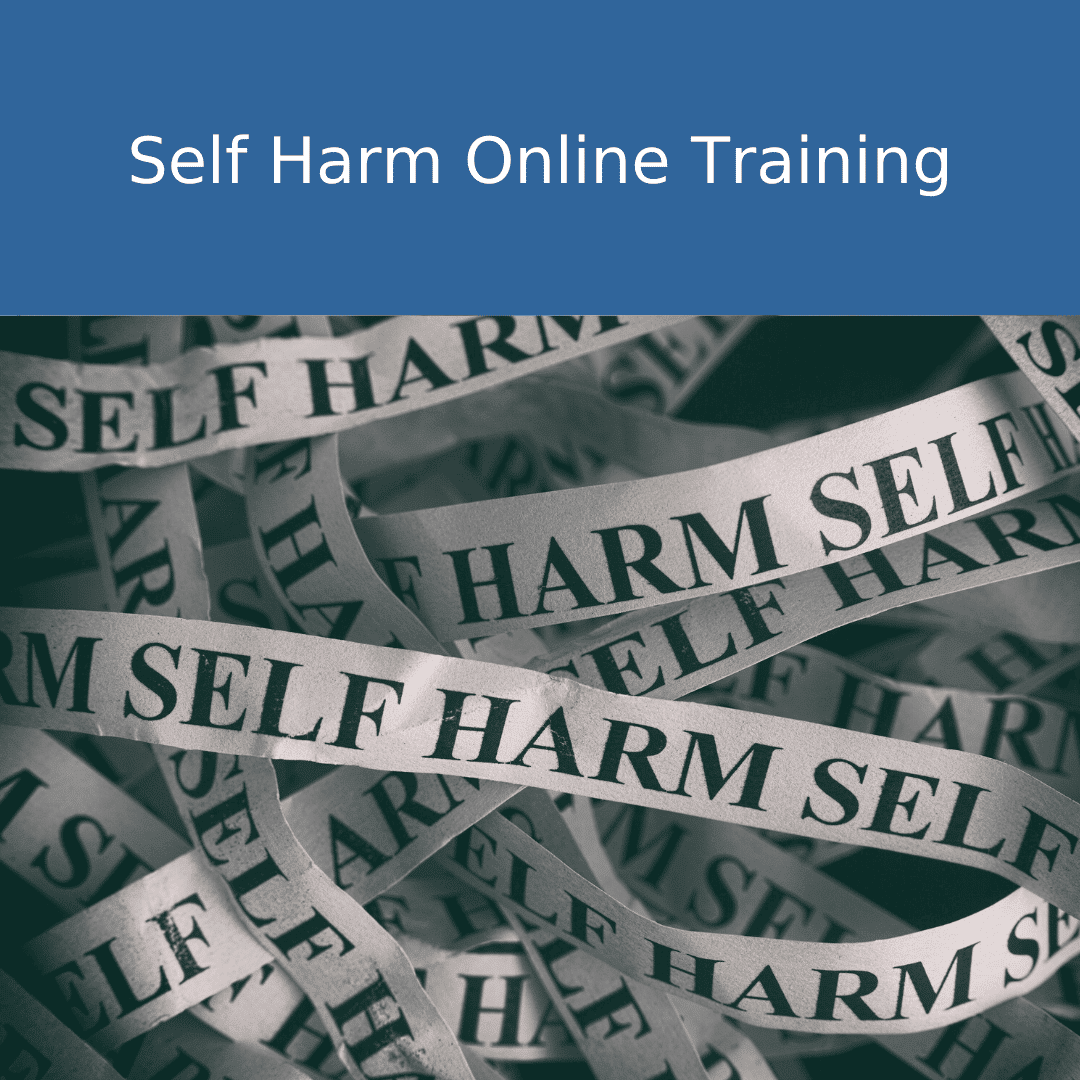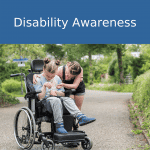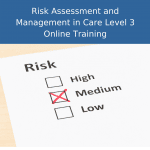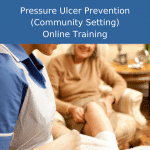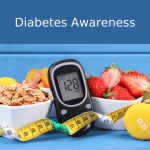Description
Self Harm Online Training
Self harm is an extremely complex issue, both for those who self harm and the professionals who support them. This Self-Harm Online Training will help you earn to recognise and support individuals struggling with self-harm through accessible and informative online courses.
This module will raise your awareness of self harm, help you to develop an understanding of the issues faced by self harmers, and what you can do to help them.
- Developed by professionals
- Accredited by The CPD Accreditation Group
- 100% online, learn at your own time and pace
- Translates into over 100 different languages
- Instant certificate downloaded
Who is the Self Harm for?
This training is suitable to all staff working within Adult Health and Social Care.
When will I get my certificate?
Once you have successfully passed our course you will be able to download and print your certificate immediately.
As this course has been accredited by the CPD Group your certificate will contain the CPD logo and unique reference number.
As I have told others… It is the best, most informative training I have ever attended
Key Points
- Understanding what self-harm is and how people typically do it
- Facts and myths of Self Harm
- Possible reasons behind Self Harm
- How to offer support
Course Outline:
- Understanding Self-Harm: Learn what self-harm is and how people typically engage in it. Understand the different methods individuals may use.
- Facts and Myths: Explore the facts and dispel common myths surrounding self-harm. Gain a clear understanding of the issue.
- Possible Reasons: Delve into the possible reasons why some individuals resort to self-harm. Recognise the underlying emotional and psychological factors.
- How to Offer Support: Discover effective ways to provide support to individuals who self-harm. Learn to create a safe and non-judgmental environment.
Learning Outcomes:
- Identify Self-Harm: Recognise signs of self-harm in individuals, whether you are a parent or a professional.
- Separate Facts from Myths: Understand the true nature of self-harm to address it effectively.
- Empathetic Approach: Develop the ability to offer support with empathy and without judgment.
- Effective Support: Learn how to communicate and engage with individuals who self-harm, guiding them towards healthier coping mechanisms.
Frequently Asked Questions (FAQs):
Q1: Is this course suitable for parents worried about their children’s self-harm?
- Yes, this self harm course is perfect for parents who want to understand and support their children dealing with self-harm.
Q2: Is it also relevant for professionals working with young people?
- Absolutely, this self harm online training is valuable for professionals like teachers, counselors, and social workers who interact with young individuals.
Q3: What if I’ve never encountered self-harm before?
- No worries, this self harm online course starts with the basics and gradually builds your understanding.
Q4: Does the self harm online training UK Standard?
- Yes, this self harm training is designed to meet UK needs and guidelines. It is a CPD Accredited Online Course.
Q5: Will I be certified after completing this course?
- Yes, you’ll receive a certification to acknowledge your completion of the course.
This self-harm online training equips you with knowledge and skills to offer support, whether you’re a concerned parent or a professional, ensuring you can make a positive difference in the lives of those facing self-harm challenges.

